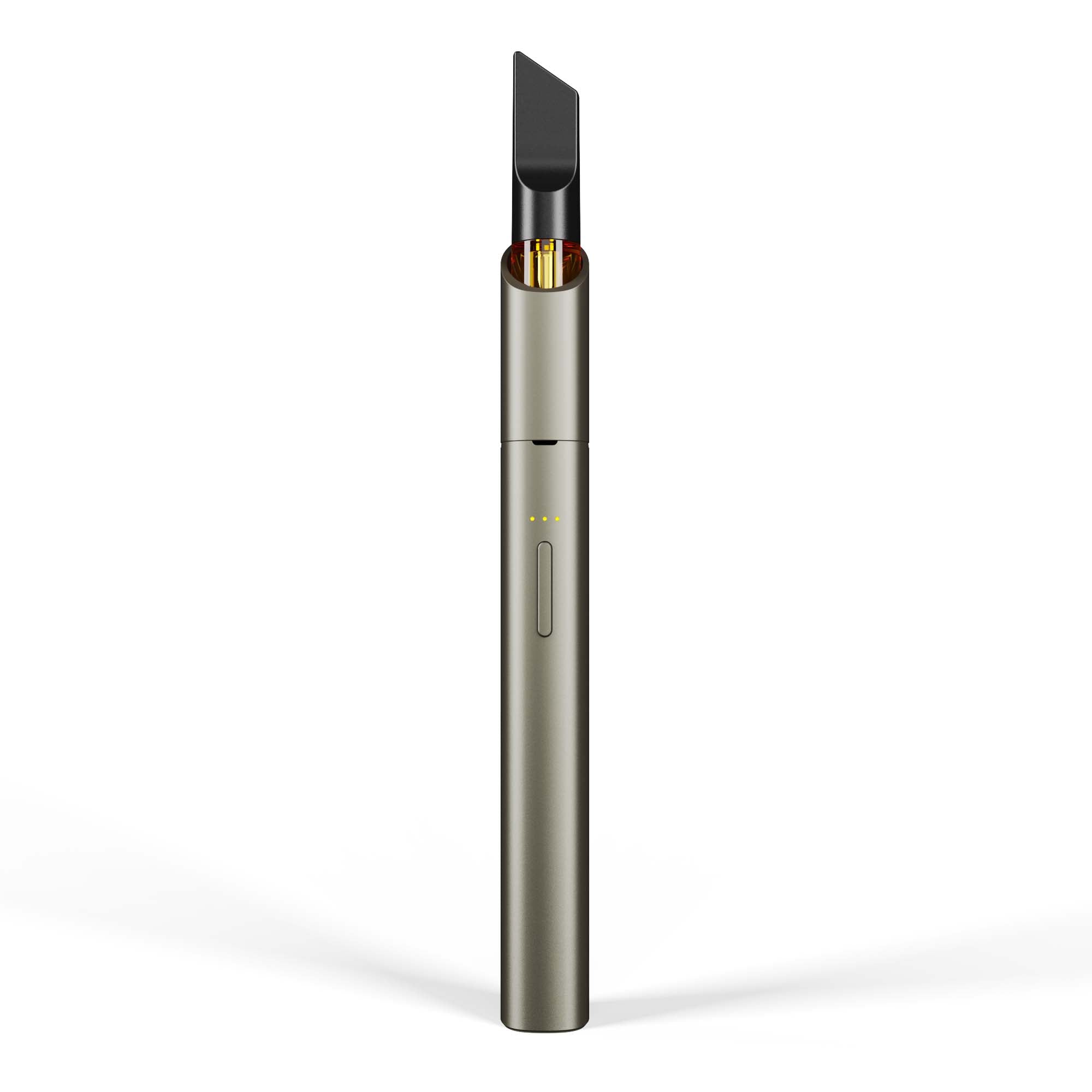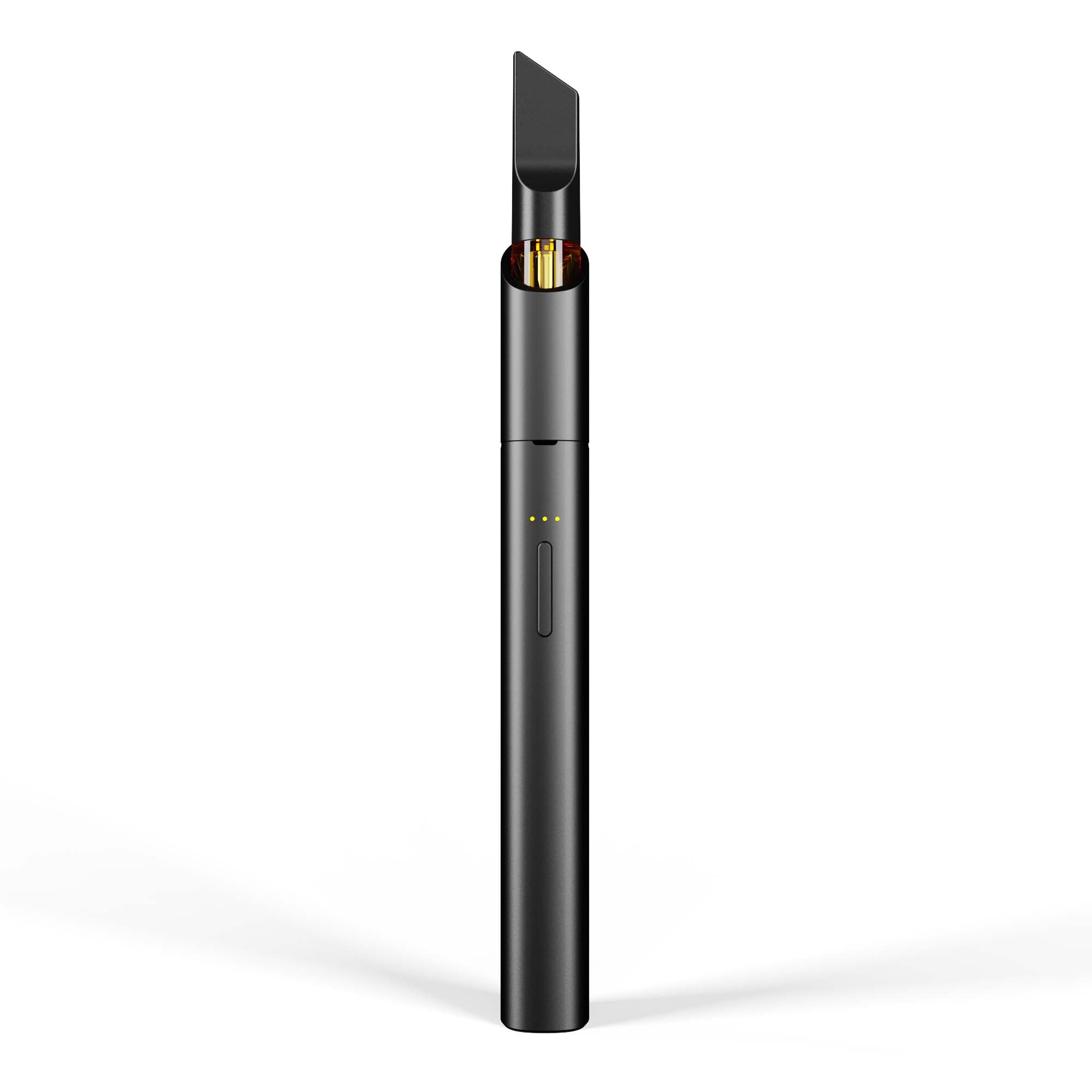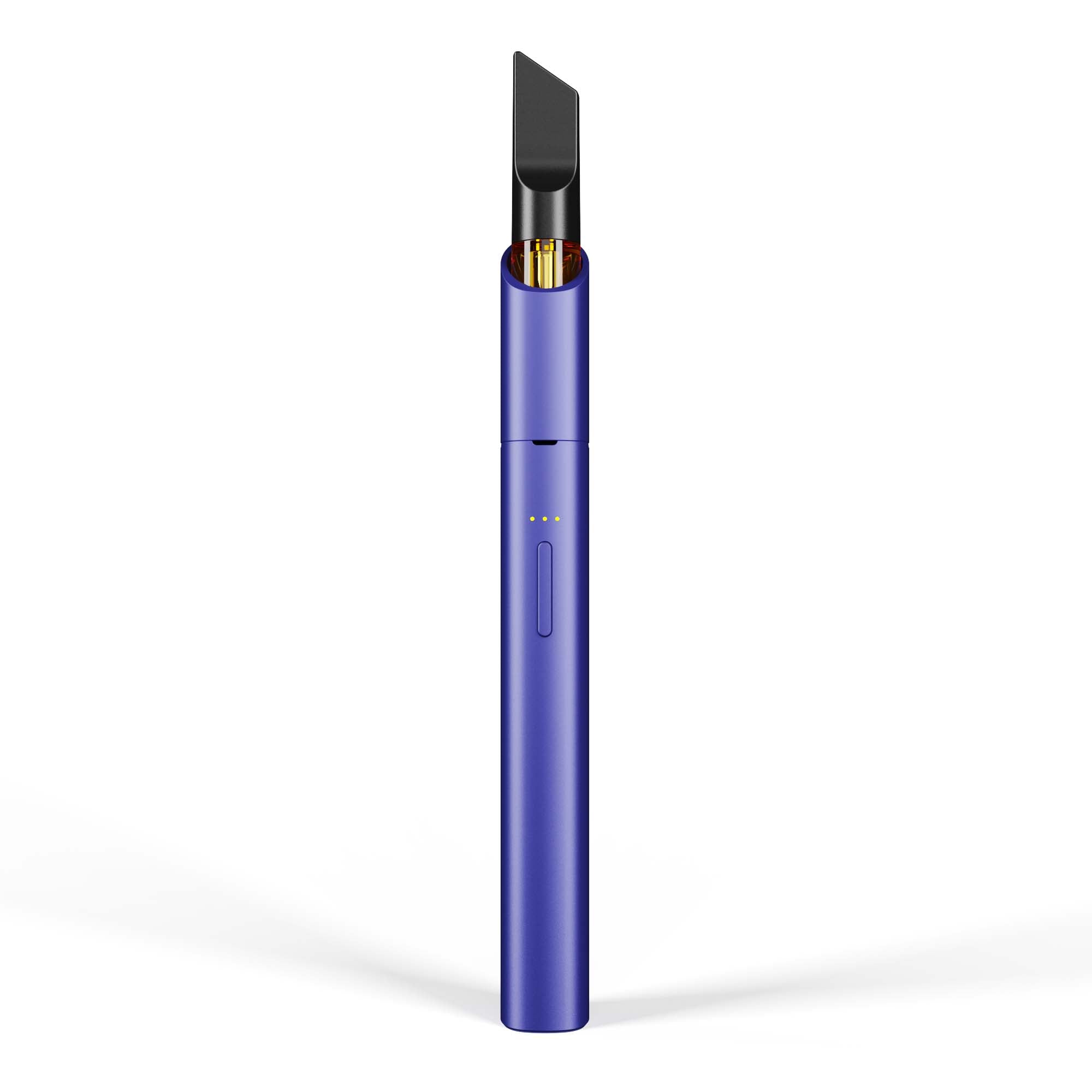Airflow Design Principles
Understanding the airflow in a vape device is key to enjoying a smooth and satisfying experience. Vista Edge Vape takes airflow design seriously, incorporating scientific principles to optimize every inhalation.
Venturi Effect
One of the fundamental principles guiding Vista Edge Vape’s airflow design is the Venturi effect. This principle states that as air flows through a constricted section, its speed increases and its pressure decreases. Vista Edge Vape strategically utilizes this effect by incorporating precisely engineered airflow channels that narrow in certain areas. As air passes through these constrictions, it accelerates, creating a lower pressure zone within the device.
This lower pressure draws vapor more efficiently into the airflow path, resulting in a smoother and more satisfying inhale.

By carefully manipulating airflow patterns and pressures, Vista Edge Vape engineers create an optimal vaping experience that emphasizes smooth inhalation and flavorful vapor delivery.
Channel Geometry and Diameter
The Venturi effect plays a crucial role in Vista Edge Vape’s airflow design. This principle explains how air flowing through a narrowed section speeds up and its pressure drops. Vista Edge Vape cleverly incorporates this by using airflow channels that strategically constrict in specific areas.
As air is forced through these narrower passages, it accelerates, generating a lower-pressure zone within the device. This negative pressure effectively draws vapor more efficiently into the airflow path, leading to a smoother and more satisfying vaping experience.
Channel geometry also significantly impacts airflow. Vista Edge Vape engineers carefully consider the shape and curvature of these channels to optimize air movement. Smooth, gradual curves help maintain consistent airflow while minimizing turbulence, resulting in a more even vapor distribution.
The diameter of the airflow channel is another critical factor. A wider channel allows for greater airflow volume, potentially producing larger clouds, while a narrower channel restricts airflow, leading to a tighter draw and potentially more flavorful vapor. Vista Edge Vape likely adjusts channel diameter throughout its design to achieve the desired balance of air movement and vapor density.
Chamber Shape and Volume
Vista Edge Vape understands that airflow is crucial for a satisfying vaping experience. Their design incorporates scientific principles like the Venturi effect to optimize every inhale.
The Venturi effect describes how air accelerates and its pressure drops when flowing through a constricted section. Vista Edge Vape strategically utilizes this by engineering airflow channels with narrowed sections. As air speeds up through these constrictions, a low-pressure zone is created, effectively drawing vapor into the airflow path for a smoother inhale.
Chamber shape and volume also play a role. A larger chamber can hold more vapor, potentially leading to bigger clouds, while a smaller chamber might result in a tighter draw and potentially more concentrated flavor. Vista Edge Vape likely carefully considers these factors when designing its chambers to achieve the desired vaping experience.
Vapor Pathway Optimization
Vista Edge Vape prioritizes a smooth and satisfying vaping experience by meticulously designing its airflow system.
Minimizing Turbulence and Resistance
Vapor Pathway Optimization refers to the design and engineering of the internal pathways through which vapor travels within a vape device. The goal is to create an airflow system that minimizes turbulence, resistance, and pressure drops, ultimately leading to a smoother, more enjoyable inhale and improved flavor delivery.
Minimizing turbulence in a vape’s airflow pathway is essential for a consistent vaping experience. Turbulence occurs when air moves erratically, creating pockets of uneven vapor distribution and potentially impacting flavor perception.
Vista Edge Vape engineers likely address turbulence by incorporating smooth curves and gradual transitions within the airflow channels. This minimizes abrupt changes in airflow direction, promoting a more laminar (smooth) flow of air and vapor.
Resistance refers to the opposition airflow encounters as it travels through the vape device. High resistance can make inhalation difficult and restrict vapor production. Vista Edge Vape likely uses materials with low friction coefficients and strategically designs channel diameters to minimize resistance, ensuring a smooth and effortless inhale.
Conical Bore Technology
Vista Edge Vape’s pursuit of smooth airflow incorporates scientific principles like the Venturi effect. This principle explains how air speeds up and its pressure drops when flowing through constricted sections. Vista Edge Vape cleverly utilizes this by designing airflow channels that strategically narrow in certain areas. As air is forced through these constrictions, it accelerates, creating a lower-pressure zone within the device. This negative pressure effectively draws vapor more efficiently into the airflow path, resulting in a smoother and more satisfying vaping experience.
Channel geometry plays a vital role in optimizing airflow. Vista Edge Vape engineers carefully consider the shape and curvature of these channels to ensure smooth air movement while minimizing turbulence. Smooth curves help maintain consistent airflow, leading to an even vapor distribution. The diameter of the airflow channel is another critical factor. A wider channel allows for greater airflow volume, potentially producing larger clouds, while a narrower channel restricts airflow, leading to a tighter draw and potentially more flavorful vapor. Vista Edge Vape likely adjusts channel diameter throughout its design to achieve the desired balance.

Vista Edge Vape’s focus on smooth airflow extends beyond the Venturi effect and channel geometry. The company also employs Conical Bore Technology, which involves using progressively widening air pathways within the device. This design element further enhances airflow smoothness by gradually accelerating air as it travels through the vape, leading to a more consistent vapor production and improved flavor delivery.
Adjustable Airflow Control
Vista Edge Vape’s commitment to smooth airflow is evident in its meticulous design choices. The company leverages scientific principles such as the Venturi effect to optimize inhalation.
This effect describes how air accelerates and its pressure decreases when flowing through constricted sections. Vista Edge Vape strategically incorporates this by designing airflow channels with deliberate narrowing points. As air speeds up through these constrictions, a lower-pressure zone forms within the device. This negative pressure effectively draws vapor into the airflow path more efficiently, resulting in a smoother inhale.
Vista Edge Vape’s engineers also pay close attention to channel geometry, ensuring smooth curves and gradual transitions to minimize turbulence. Turbulence can disrupt the even distribution of vapor and affect flavor perception. Smooth airflow promotes consistent vapor production and enhances flavor delivery.
Material Science Impact
Material science plays a critical role in shaping the vaping experience, particularly when it comes to airflow design. Vista Edge Vape leverages advanced materials and innovative engineering techniques to optimize airflow within its devices, resulting in a smoother and more satisfying inhale.
Smooth Surface Finishes
Smooth surface finishes are crucial for optimizing airflow within vape devices like Vista Edge. These finishes reduce friction between air molecules and the internal surfaces of the device, minimizing resistance and promoting smooth airflow.

Vista Edge Vape likely employs materials with low friction coefficients to ensure a seamless airflow path. Polished metals or specially treated plastics can significantly reduce drag on the air, leading to a more effortless inhale.
In addition to material selection, Vista Edge Vape’s engineers meticulously craft smooth internal surfaces within the device. Precise machining and finishing techniques are employed to eliminate sharp edges, crevices, or irregularities that could impede airflow or create turbulence.
Lubrication Systems
Material science significantly impacts the efficiency and smoothness of lubrication systems in various applications.
The choice of lubricant material directly affects its performance characteristics such as viscosity, friction coefficient, wear resistance, and operating temperature range. Engineers carefully select materials based on the specific requirements of the system.
For example, high-performance synthetic lubricants are often used in aerospace and automotive applications where extreme temperatures and pressures are encountered. These materials offer superior lubricity, thermal stability, and oxidation resistance compared to traditional petroleum-based lubricants.
Additionally, advancements in nanotechnology have led to the development of novel lubricants with enhanced properties. Nano-sized additives can be incorporated into lubricant formulations to improve their viscosity index, reduce friction, and increase wear protection.
Testing and Validation
Testing and validation are integral steps in ensuring the quality, reliability, and safety of any product, and vape devices are no exception. From airflow performance to vapor production and flavor consistency, rigorous testing protocols are employed to assess various aspects of a vape’s functionality.
Wind Tunnel Analysis
Testing and validation play a crucial role in developing a high-quality vaping experience. Vista Edge Vape likely employs a multifaceted approach to ensure its devices meet stringent standards.
Wind tunnel analysis is a valuable tool used in this process. By simulating airflow patterns within a controlled environment, engineers can precisely measure airspeed, pressure distribution, and turbulence levels at various points throughout the vape device.
This data allows for fine-tuning of airflow channels, chamber geometry, and other design elements to optimize inhalation smoothness and vapor delivery.
Vista Edge Vape may also utilize specialized testing equipment like smoke machines to generate vapor within the device.
This helps assess vapor production volume, density, and distribution patterns. They can analyze how well the airflow system draws vapor efficiently and ensures consistent vapor quality throughout each inhalation.
Real-world user testing is another critical aspect of validation. Vista Edge Vape likely conducts extensive field trials with real users to gather feedback on factors such as inhaler smoothness, flavor delivery, cloud size, and overall satisfaction.
This feedback loop is invaluable for identifying any potential issues or areas for improvement before the product reaches consumers.
User Feedback and Iteration
Testing and validation are essential processes in the development of any product, especially those involving complex engineering like vape devices. Vista Edge Vape likely employs a rigorous testing regimen to ensure their devices deliver a smooth and satisfying vaping experience.
This testing likely involves multiple stages, starting with computer simulations and wind tunnel analysis to optimize airflow design. Real-world prototypes are then tested in controlled environments to measure vapor production, flavor consistency, and user experience. User feedback plays a crucial role in this process, allowing Vista Edge Vape to make refinements and improvements based on real user input.
This iterative approach of testing, analysis, and refinement ensures that Vista Edge Vape delivers products that meet the highest standards of quality and performance.
Buy the Highest-Quality Vista Edge Series
- Why Do I Look Like A Chipmunk After Cheek Fillers? - November 13, 2025
- What Is The Best Non-Surgical Treatment For Jowls In The UK? - November 11, 2025
- What Are The Best CBD Gummies For Improving Mood And Relaxation? - November 10, 2025
